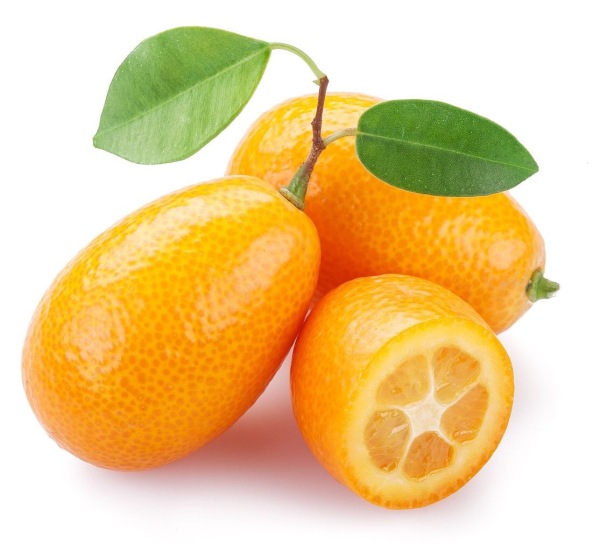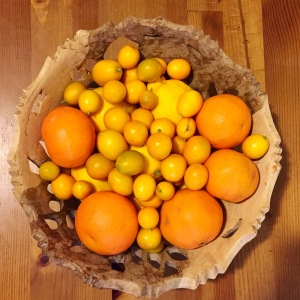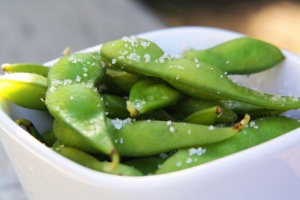The 52 New Foods Challenge Food of the Week: Black Beans
Jennifer Tyler Lee suggests making them in a slow cooker. Black beans are one if my favorite beans, but I love all beans. I have loved them since I was a kid but I am now discovering that they bother my gut. I have cut way back on the amount of beans I can eat. [Insert Sad Face here.]
This is our last winter food! Spring produce starts next week.
Food Facts:
- Dried beans are very high in phytonutrients and black beans have are second only to lentils
 Canned beans have a higher antioxidant value than home cooked beans (makes me feel good about almost never making home cooked beans!)
Canned beans have a higher antioxidant value than home cooked beans (makes me feel good about almost never making home cooked beans!)- Good source of potassium, folate, thiamine, riboflavin, manganese, magnesium, zinc, calcium, copper, and omega-3s
- Good source of fiber
- When eaten with grains, beans make a complete protein, containing all essential amino acids
- It helps protect against cardiovascular disease, cancer, and diabetes
- Because of their high fiber content, they help to lower cholesterol and also prevent a rapid increase in blood sugar, making them great for people with hypoglycemia or insulin resistance
- One study (Nurses’ Health Study II) showed that women that ate 2+ servings of beans or lentils each day had a 24% reduced risk of breast cancer.
From The 52 New Foods Challenge: A Family Cooking Adventure for Each Week of the Year, with 150 Recipes by Jennifer Tyler Lee, Encyclopedia of Healing Foods
by Michael Murray, Joseph Pizzorno, and Lara Pizzorno, and Superfoods: The Healthiest Foods on the Planet
by Tonia Reinhard
Photo Credit: Luv Kreativ Photography https://www.instagram.com/luvkreativ/?hl=en











